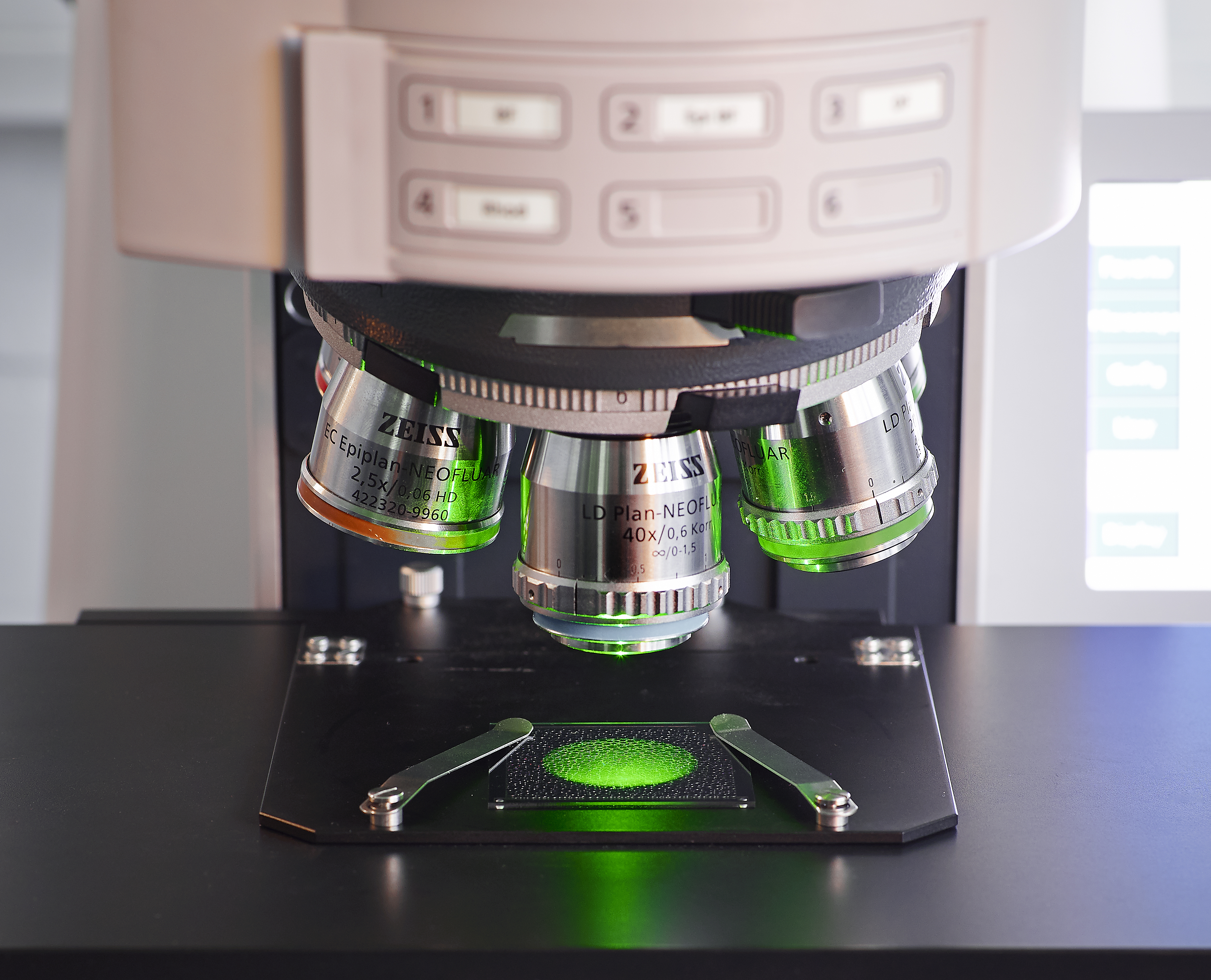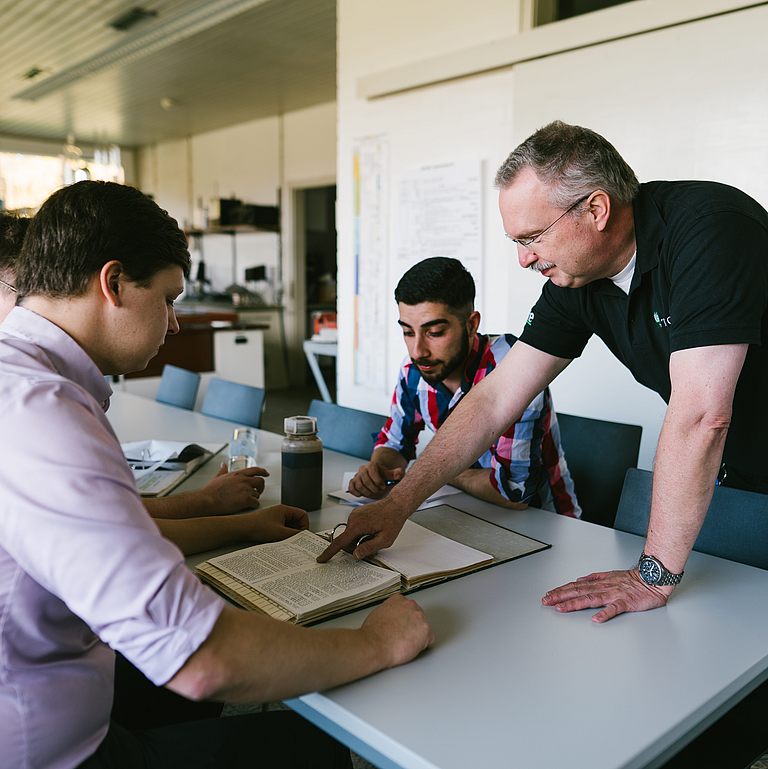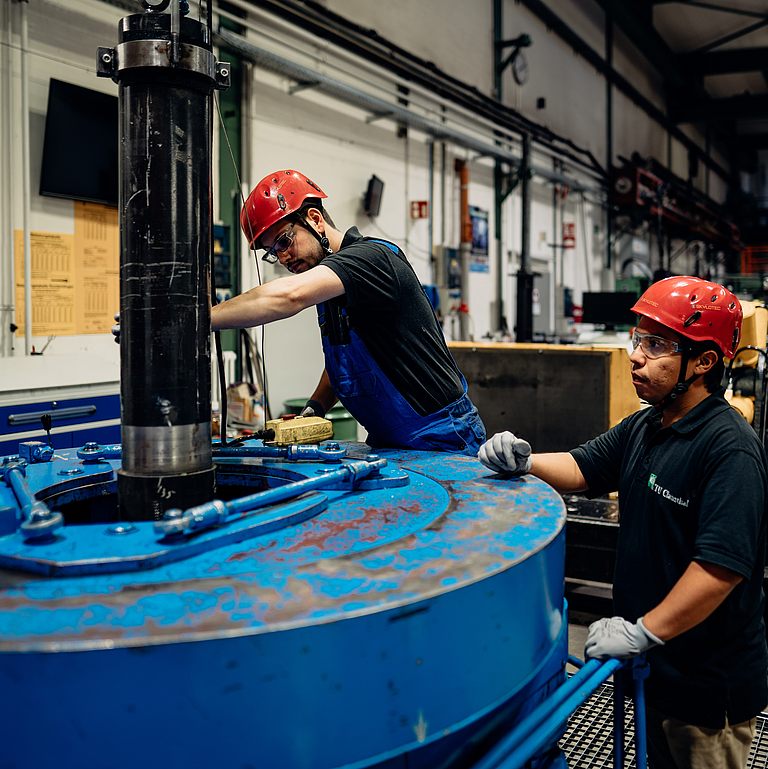Experimental and theoretical approached to determine the minimum miscibility pressure (MMP)
(Text nur in Englisch verfügbar)
Introduction
Miscible CO2 injection is an important method in enhanced oil recovery (EOR). This method is particularly effective for light and medium crude oil reservoirs. In case the reservoirs contain a substantial amount of CO2 already in place, miscibility is an important factor to be taken into account during production. The MMP is defined as the pressure at which the tie line in a quasi-ternary mixture of a heavier oil phase, a light hydrocarbon phase (as part of the oil) and the gas (CO2) passes through the critical point. For practical reasons, experimental techniques are simplified, based on the fact that for the practical application, the phase equilibrium is seldomly established and certain experimental procedures already give good indication of an optimum pressure close to complete miscbility. Therefore, the commonly used MMP is a key parameter to help increase oil recovery by obtaining the maximum displacement efficiency in a porous medium. However, a systematic review and evaluation of the experimental and theoretical determination oft he MMP is still missing. The widely used experimental methods at laboratory scale are the rising bubble apparatus (RBA), the slim-tube method, coreflood tests, and the vanishing interfacial tension (VIT).
Scope
Based on the above introduction, the proposed thesis should include the following:
- Critical review over experimental methods for determining MMP.
- Fundamentals of theoretical approaches.
- Case study: estimation of the MMP with known models based on an oil composition and comparison to experimental data.



